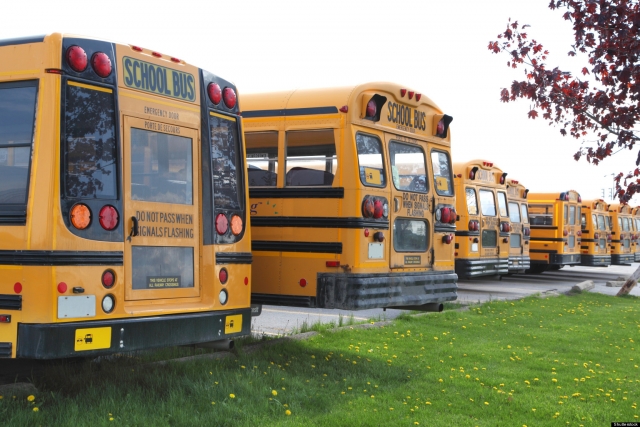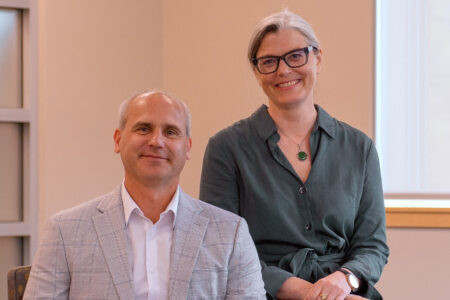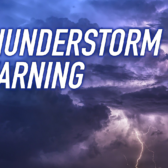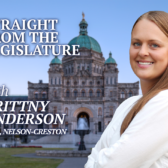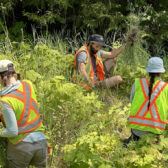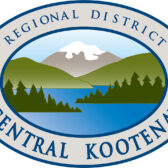Salaries, pensions and benefits consume 72 per cent of increased spending on public schools in Canada
Compensation costs — including salaries, benefits and pensions — consume almost three quarters of all increases in spending on public schools, finds a new study released today by the Fraser Institute, an independent, non-partisan Canadian public policy think-tank.
“Despite claims to the contrary, education funding is not being cut — spending on public schools has increased, with the additional money paying mainly for salaries, pensions and benefits,” said Deani Van Pelt, director of the Fraser Institute’s Barbara Mitchell Centre for Improvement in Education and co-author of Understanding the Increases in Education Spending in Public Schools in Canada.
For example, between 2003-04 and 2012-13, compensation costs rose from $30.9 billion to $44.6 billion — an increase of $13.8 billion, which represents 72.2 per cent of the overall $19.1 billion increase in education spending during the 10-year period.
Specifically, pension costs rose by 89 per cent. Pension cost increases were greatest in Ontario, Saskatchewan and Alberta, with increases in all three provinces exceeding 100 per cent. Salaries and wages increased by 42 per cent. And benefits (extended health, etc.) increased by 36.2 per cent.
Capital spending (new construction, renovations, etc.) on public schools in Canada almost doubled (97.6 per cent increase) over the 10-year period, to $4.8 billion from $2.4 billion.
Three provinces — Ontario, Quebec and British Columbia — account for 92 per cent of the increases, which include a $551 million capital spending increase in Ontario in 2004/05 alone.
Finally, the overall rise in education spending took place despite a decline in student enrolment.
A related essay, Enrolments and Education Spending in Public Schools in Canada, also released today by the Fraser Institute, notes that public school enrolment declined by 4.9 per cent — from about 5.3 million students to a just over 5 million during the 10-year period.
Of course, spending on education impacts the overall fiscal situation of each province. Marked increases in education spending in public schools force governments to constrain other spending, raise more revenues (mainly through taxes), borrow more money—or all of the above.
“Canadians want a thriving and well-funded public school system, but increases in education spending have come despite declining enrolment and during an era of deficits in most provinces,” said Jason Clemens, essay co-author and Fraser Institute vice-president.


